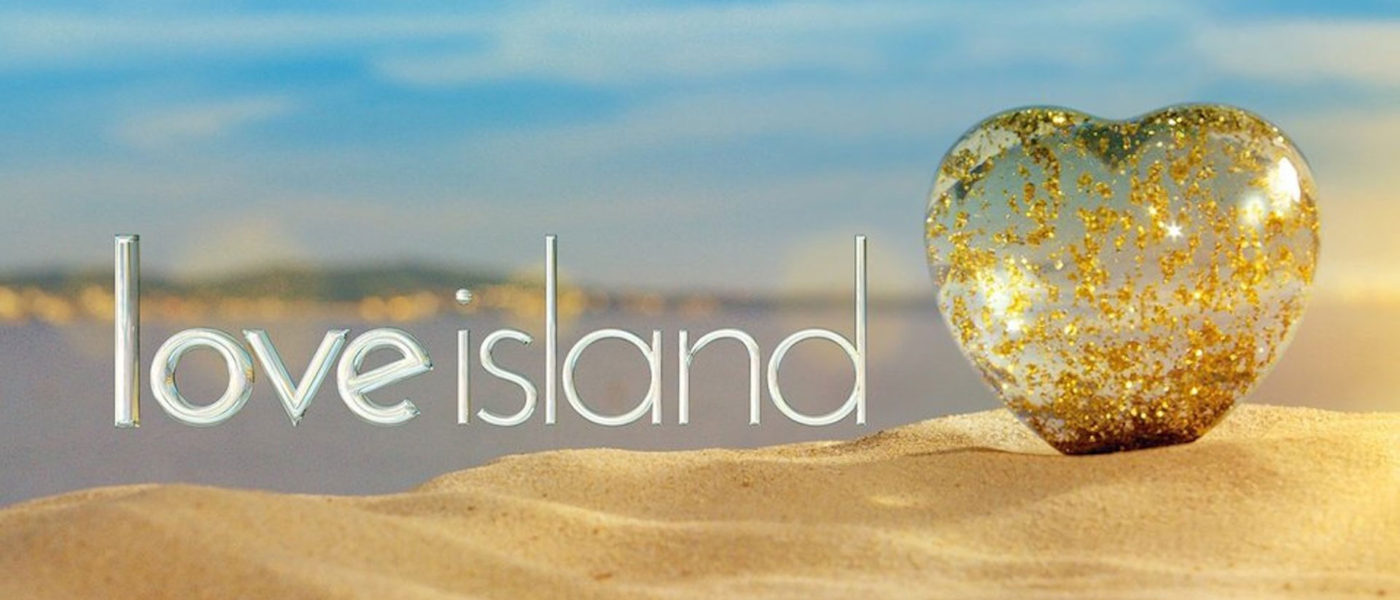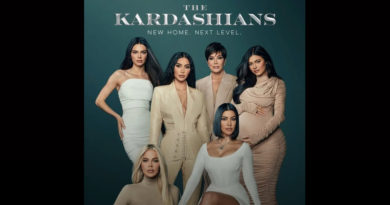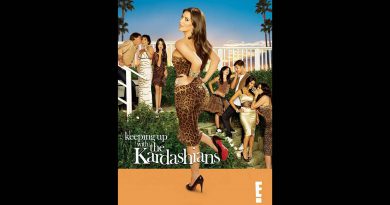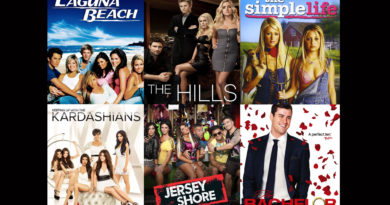There’s No Summer Loving Without Love Island
Reality TV has skyrocketed in popularity since the early 2000s.
Since then, we have seen a plethora of romantic love embraced. One show that stands out is Love Island UK, a British dating show created in 2005 that originally featured celebrities.
In 2015, Love Island returned. However, the series switched from celebrities to normal everyday people. At the time, it was far from the global phenomenon it is today.
But in the last few years, it has become the top-rated reality TV show. For example, season one attracted an average of 570,000 viewers per episode in the United Kingdom. Season five had 5.61 million viewers per episode.
Love Island’s plot involves a group of contestants, called Islanders, living in isolation from the outside world in a villa in Mallorca, Spain. They are constantly under video surveillance.
To stay on the show, islanders couple up in hopes of finding love, friendship or solely for the money. The winning couple receives an estimated $60,000.
Throughout the show, there are various games and lots of drama.
For some people, the apparent authenticity of reality TV is a crucial part of its appeal. We like watching “real” people fall in love.
Audience engagement is another component that makes these shows successful. Ever since shows like Big Brother (2000), reality TV has offered the audience an opportunity to be a part of the storyline.
Viewers have moved from passive watchers to active participants. They can shape outcomes by voting on the success and failure of contestants through different polls after episodes.
Social media also allows the audience to watch and engage with each other as the show airs.
Because the show only airs during the summer, the Love Island fanbase is even stronger and the use of social media helps create a vibrant fan community.
Most of these shows tend to feature a similar formula: a ton of attractive singles participating in a high-speed dating process. Shows like Love is Blind (2020) even go as far as following participants to their wedding day.
Ironically, the shows are notorious for having poor success rates. Most couples break up after the cameras stop rolling.
This leads to the bigger picture of why reality dating shows, in general, have become so popular. We are drawn to messy situations when it doesn’t involve us and dating shows are full of chaos.
The rollercoaster of emotions we get while watching the drama unfold can also get pretty addictive.
Even if you’re in a happy and healthy relationship, reality dating shows provide a fresh, new take on romance. Watching participants go on expensive beach dates, yacht tours and roof-top dinners is exhilarating.
For those of us who aren’t interested in appearing on dating shows, getting to watch people live this out is a form of escapism.
Although reality dating shows are entertaining, they are far from perfect.
Take a look at the casts from Love Island, The Bachelor (2002) and The Bachelorette (2003) and the lack of diversity will astonish you.
Furthermore, many dating shows are riddled with misogyny and toxic masculine standards. Most dating shows on TV tend to push a very white-centric way of romance.
Double standards are also apparent. Men are allowed to mess around while women who do the same are met with harsh internet comments and are voted off.
As for Love Island specifically, in the last few years, cosmetic practitioners have seen a rise in the number of young women seeking to look like the people they see on screen, so much so that there is a name for it: The Love Island Effect.
The show has been accused of promoting a so-called ‘ideal’ version of women with plump lips and a squared jaw.
Despite that, Love Island is so popular that it has spawned spin-offs such as Love Island USA and Love Island Australia.
The eighth season of Love Island UK is currently streaming on Hulu.
Click here to subscribe to our bi-weekly newsletter, The Hammerhead. For news tips, contact us at mdc.thereporter@gmail.com.




